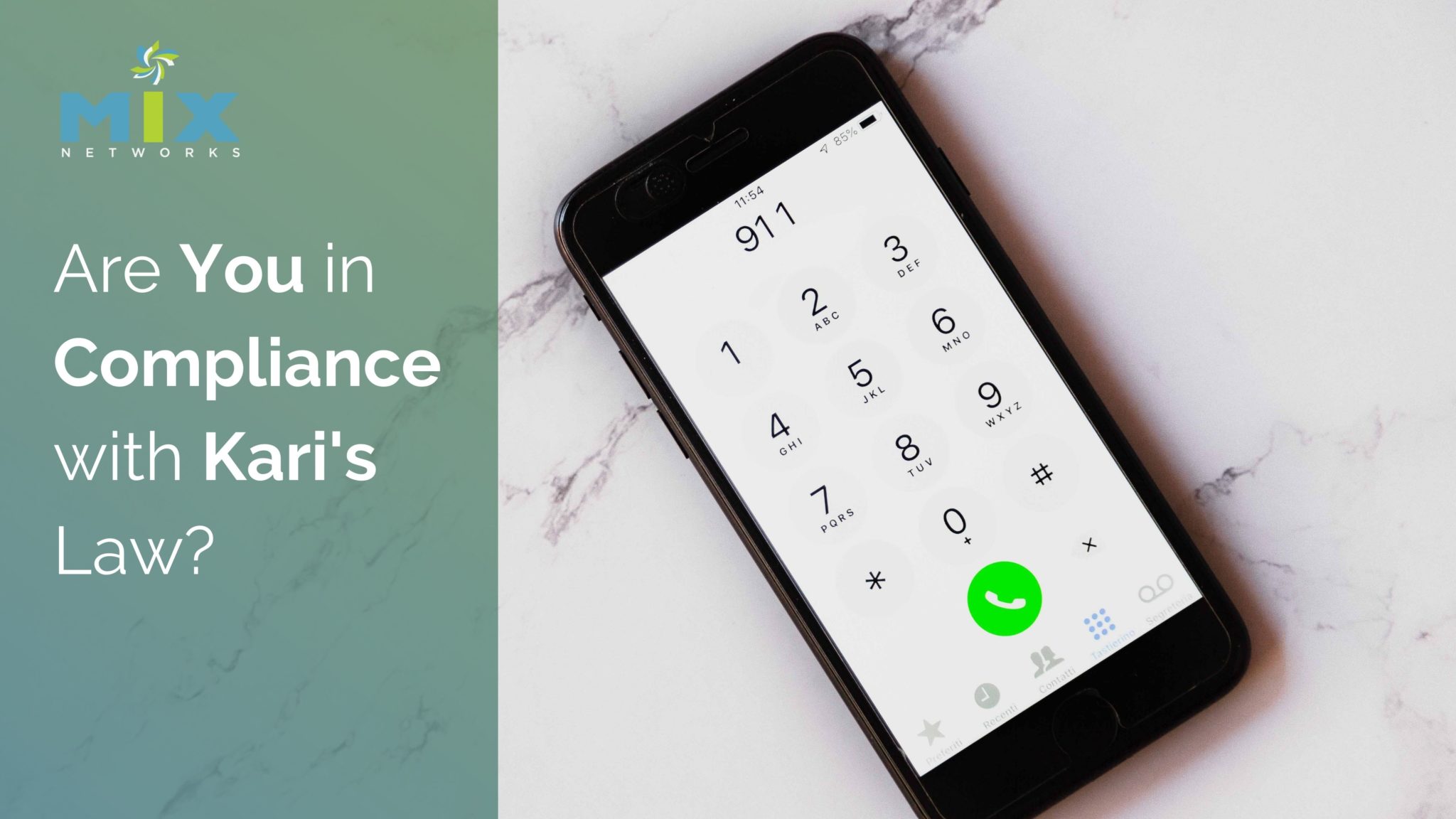At the time this blog was written, Kari’s Law was less than 66 days away from the deadline businesses have to comply with the new regulations. Two years after the proposal was signed, the regulation will “go live” on February 16, 2020.
Previously, we shared the history of Kari’s Law and the effects it would have on your business. But as the deadline is approaching quickly, you need to make sure that your multi-line telephone system complies or face the consequences.
Consequences of Not Complying with Kari’s Law Mandates
Outside of the apparent fines, there are several consequences that you could have by not ensuring your MLTS solution is compliant with Kari’s Law. Among them are:
- Increased risk of endangerment to your staff, guests and residents
- Significant civil liabilities in the event of a crisis and first responders are unable to respond in time
- Fines and penalties for each day your business does not comply
Benefits to Your Business of Compliance with Kari’s Law
Besides the advantage of avoiding steep penalties from the FCC is you are not in compliance, there are several other direct benefits including:
- Minimizes the risks to your business of property damage by relaying more detailed information to the PSAP.
- Provides a recorded message following the event.
- Helps keep employees, guests and visitors safe.
What are the Compliance Requirements for Kari’s Law?
After the deadline of February 16, 2020, all PBX installations must comply with Kari’s Law. For new installations, in particular, this includes the requirement that direct dial E911 is pre-configured, just having the capability is not going to count.
Not only does the law mandate direct dial for Enhanced (e) 911 calls, it also includes the requirement of an alert notification in the form of an alarm, text message, e-mail or screen-pop to a central location, such as a front desk or nurses station if 911 is dialed. According to the Common Law Monitor, this notification should include:
- That a 911 call has been made,
- A valid callback number. This number does not have to be a direct inward dial to the caller’s phone, and
- The same location information that is conveyed with the call to 911.. The notification must occur in tandem with the call to 911.
All equipment made, sold, imported, or leased in the United States after the deadline date in February of 2020 must comply with the law, and equipment currently in operation must be upgraded, or businesses and vendors could face fines. This means your business will need to ensure that your implementation of your PBX solution is compliant, and if not, take the necessary steps to gain compliance.
What Steps Should I Take To Ensure Compliance?
MIX Networks has invested significant time and resources to ensure that our Hosted PBX and UC customers will be able to comply with this critical mandate. Our boutique-style solution, built to match the specific needs of your business, enables you to meet your unique needs and still remain compliant with all of the telecom compliance rules. We can help you assess the current status of your network and solution leading up to the compliance deadline by:
- Request our free step-by-step instructions to evaluate your current dial-plan.
- In the event you find that your current dialplan is not in compliance and needs to be changed, give us a call at 863-500-5102! We can help you determine what steps need to be taken.
- Are you unsure? Click here for a free 30-minute appointment with a member of our certified telephony specialists.
Together We Can Keep Your Business Safe
Telephony compliance and regulation laws are changing rapidly. From the proposed cut off of the copper wires of the PSTN to the regulatory additions of Kari’s Law and Ray Baum’s Act, it can be challenging to ensure you remain compliant and connected on your own. MIX Networks years of telephony experience and highly experienced technicians can help you ensure compliance at all times. Contact a member of our team today and secure your compliance with Kari’s Law.







